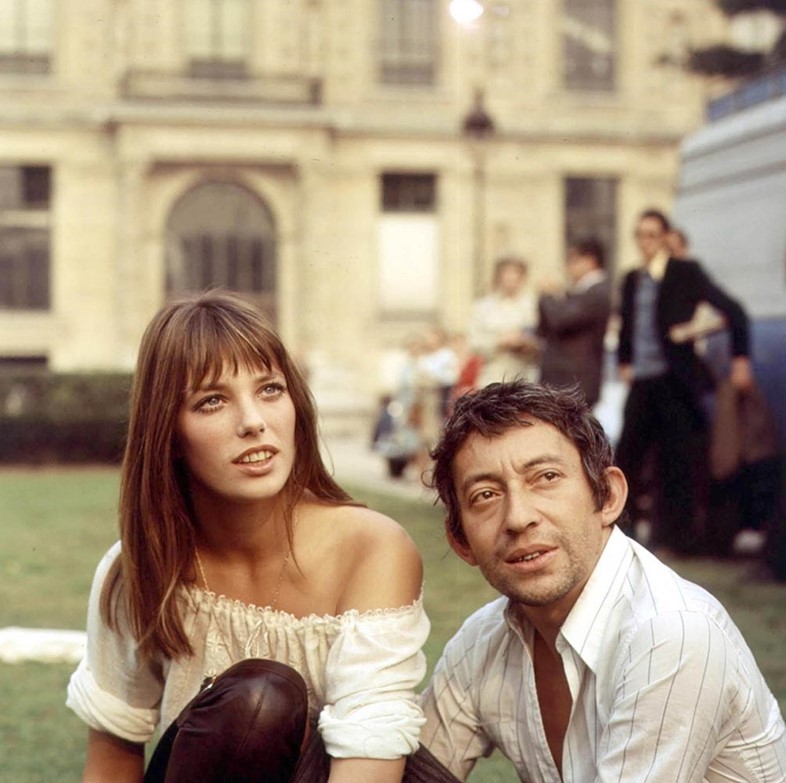We recall five of our favourite nuances from the love affair which came to define bohemian beauty and 1970s Paris
So well-documented is the love affair between Jane Birkin and Serge Gainsbourg, that to picture it retrospectively is to watch a flickering series of film stills in one’s mind. Enter the young British actress in 1970s Paris, basket swinging nonchalantly from one arm, baby daughter clasped carefully in the other, dancing down Boulevard Saint-Germain with the thoughtful French musician’s adoring figure at her side. They loved, smoked and fought fervently, their ten-year-long affair an archetype of that between musician and muse in bohemian Paris, and 40 years after its dissolution, we still can’t get enough. Beguiled, here we compile a collection of five of our very favourite stories about the couple...
1. It was resolutely not love at first sight
When Birkin and Gainsbourg met on the set of Slogan, a Pierre Grimblat-directed film made in 1968, Birkin was still suffering the heartbreak which accompanied the disappearance of her then-husband, composer John Barry, who had moved to Los Angeles. She arrived in Paris unable to speak a word of French, with her newborn daughter Kate in her arms, and was offered the role opposite protagonist Gainsbourg after sobbing her way through her screen-test – so it’s little surprise that she failed to see her dismissive co-star’s charm on first impression. “He’s horrible!” her older brother Andrew Birkin recalls Jane telling him, referring to the musician as “that dreadful man Serge Bourgignon.” “He’s meant to be my lover but he’s so arrogant and snobbish and he absolutely despises me.”
It wasn’t until their first evening spent together, during which Gainsbourg trampled inelegantly on her toes after being dragged reluctantly to the dancefloor, that Birkin realised his supposed arrogance was in fact shyness. More dancing ensued, and the evening ended with Gainsbourg passed out drunk on the bed in his hotel room. Still, in the most extraordinary about-turn since that of Elizabeth Bennet and Mr Darcy, Birkin recalls it being a perfectly romantic evening, and it gave way to an all-encompassing love story.
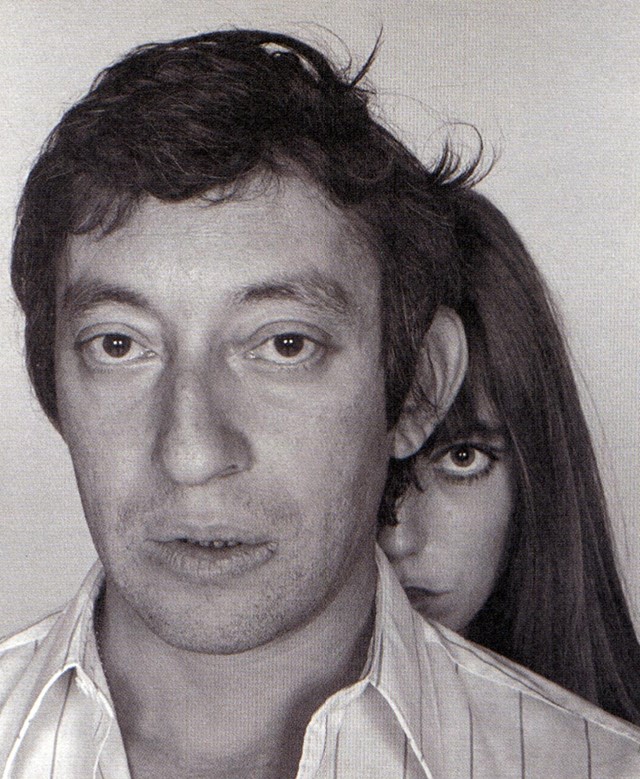
2. Birkin’s famous basket concealed a multitude of sins
Before Birkin took to carrying the eponymous tote designed for her by Hermès – as the story goes, she upended her hand luggage while attempting to stow it in the overhead compartment on a flight and so took to complaining about the absence of pockets in her chosen bag, when the man seated next to her revealed himself to be the chief executive of the luxury brand and offered to design one for her – Birkin’s bag of choice was a large wicker basket, in which she collected trinkets on her journeys around Paris.
The bag’s anonymous shape and generous size lent it to concealment, so when, during a lavish Christmas evening spent at Paris Bistro Maxim’s, the young actress slipped a few pieces of the institution’s fine monogrammed crockery into it, nobody batted an eyelid. It was only later, when the basket slipped from her wrist while signing an autograph and sent her stash of china flying across the floor, that she was found out. In a perfect act of Parisian discretion a kindly waiter collected it up for her and replaced it in the basket. “A gift from Maxim’s,” he is reported to have whispered to her. “If you require more, you only have to ask.”
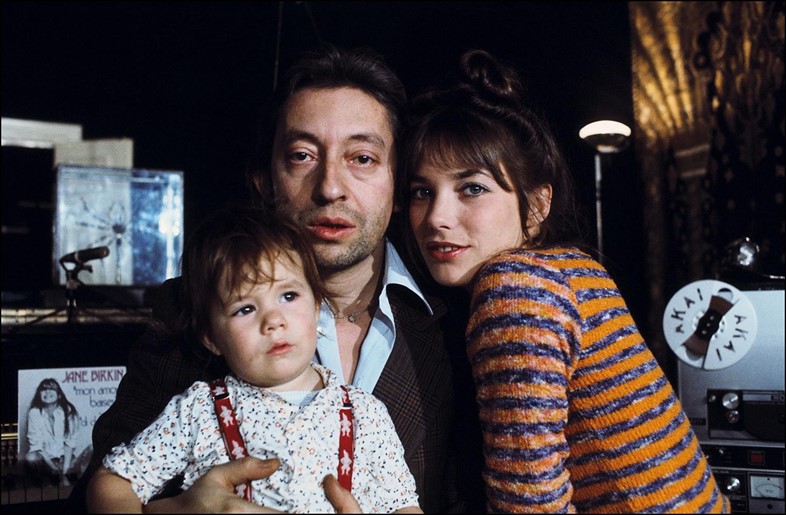
3. Their romantic fervour was sustained with frequent and elaborate public fights
Both Birkin and Gainsbourg possessed fiery temperaments; when they fought, they did so vigorously and publicly. On one such occasion in Paris bar Castel, enraged by Gainsbourg’s rifling through her basket to expose the sordid items at the bottom of it, Birkin picked up a custard tart and flung it furiously in his face before chasing him down Boulevard St Germain. He was, understandably, furious and so, sensing the need for a grand gesture to offset his anger, Birkin threw herself unceremoniously into the Seine – a move which caused her handmade Yves Saint Laurent top to shrink to nothing, giving Gainsbourg endless delight. It ended sweetly, nonetheless. “I clambered out and we gaily walked home arm in arm,” Birkin has recalled in interview. “Serge was, you might say, a fan of the grand gesture.”
Gainsbourg and Birkin loved to dance, and for as long as she was small enough to fit into a basket their daughter Charlotte accompanied the duo on nights out. As the children grew, however, the pair adapted their schedule to accommodate their nightlife; they’d wake at three in the afternoon, when Birkin would collect the children from school, take them to the park, and bring them home for dinner. The au pair would bathe them, and Gainsbourg and Birkin would put them to bed before going out on the town. They would come home the following morning “with the dustmen”, and wait for the children to awake at 7.30, before going to bed and beginning the routine again.
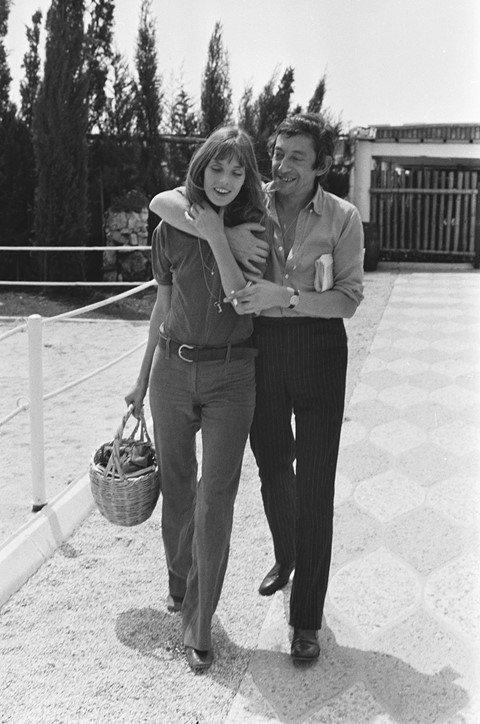
4. Their love songs were not for the faint-of-heart
In 1969, Birkin and Gainsbourg made headlines with the super erotic Je t’aime… Moi Non Plus; a love song Gainsbourg had initially written for his then-lover Brigitte Bardot several years earlier, but who had refused to allow her own version to be publicly released as she was married at the time. A self-confessed jealous lover, Birkin claimed she couldn’t stand to see Gainsbourg record the song with anybody else. Her participation made it such a powerfully sensual affair – the song’s lyrics were accompanied by a soundtrack of gentle moans and groans which climaxed in a sated explosion at its end – that it was immediately banned in most of Europe, propelling it both to infamy and to a UK number one, almost instantaneously.
The couple quashed rumours that the song had been partially recorded by placing microphones under their bed, with Gainsbourg pithily remarking: “Thank goodness it wasn’t, otherwise I hope it would have been a long-playing record.” They revelled in the reaction the song caused: it was first played to fellow diners in a Parisian restaurant the pair had chosen to eat in immediately after having recorded it. “As it began to play all you could hear were the knives and forks being put down,” Birkin is reported to have remarked, delighted. Gainsbourg replied, “I think we have a hit record.” Birkin has since insisted that the record was utterly innocent, in spite of its reputation. “It wasn’t a rude song at all,” she stated in 2004. “I don’t know what all the fuss was about. The English just didn’t understand it. I’m still not sure they know what it means.”
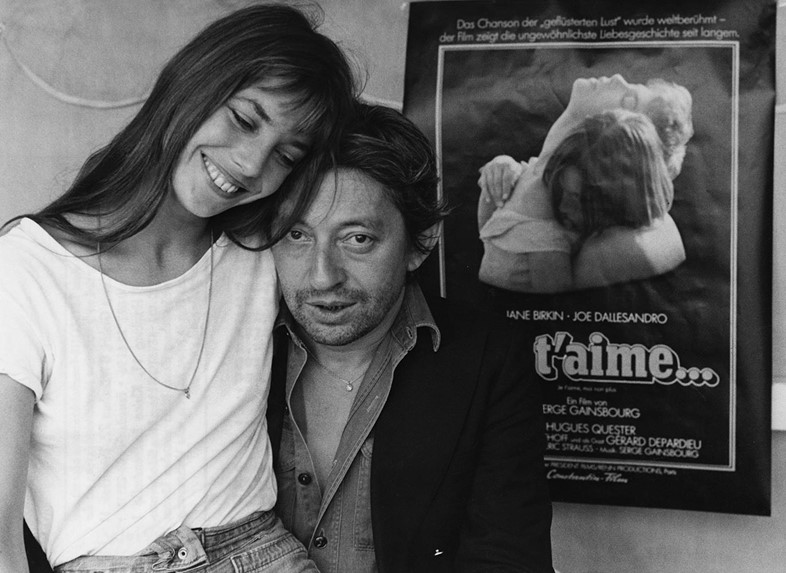
5. Their love long outlasted their relationship
Though their relationship ended after ten years together, when Birkin grew tired of Gainsbourg’s excessive drinking and the aggression that often followed, their love for one another remained fervent to the very end. When Birkin’s third daughter, with lover Jacques Doillon, was born not long after their separation, Gainsbourg sent her a box full of baby clothes and a card bearing the words “Papa Deux,” before later becoming the child’s godfather. He was her best friend, and they remained close for the rest of his life.
Consequently, Gainsbourg’s death in 1991 rocked Birkin and her three daughters to their core. They spent three days with his body, unwilling to let him go, and when he was buried Birkin placed ‘Munckey’, a much-loved stuffed toy that she had kept close to her since her childhood, in his coffin. Unable to compete with her grief, Doillon left Birkin, and she has lived alone in Paris ever since, surrounded by mementoes of their life together.
